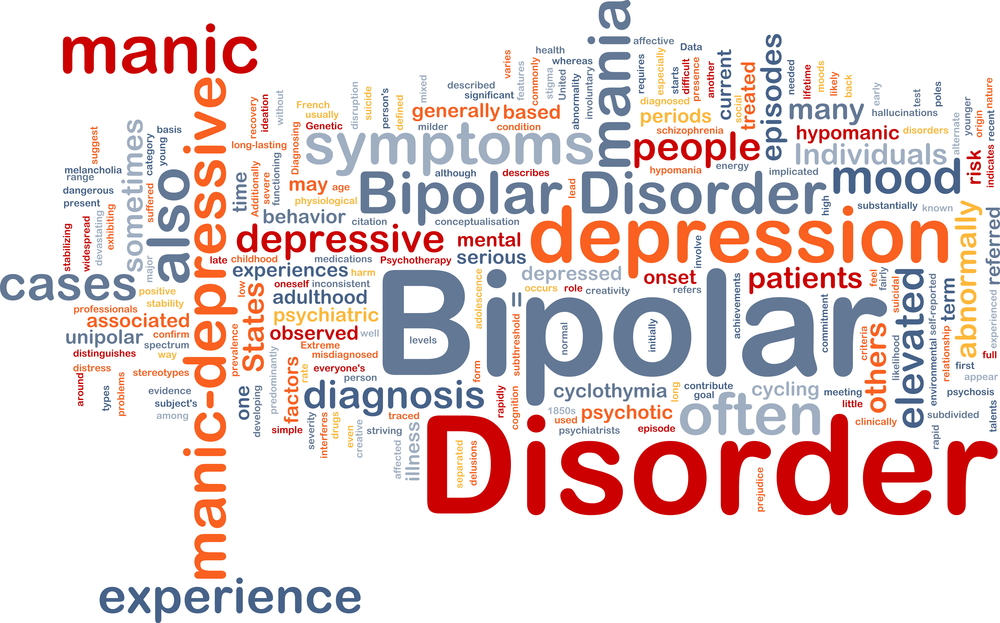
Everyone experiences mood swings. There are ups and downs, as well as everything in between. When someone has a mood disorder, they experience excessively long episodes of a strong feeling, which can be either happiness or despair, or both. Depression and bipolar illness are more common mood disorders.
Depression
Many people suffer from depression. A catastrophic life event, such as the death of a loved one, the loss of a career, or a significant disease, can lead to depression. However, there doesn’t have to be a specific event that causes it either.
Postpartum depression is linked to pregnancy and can occur during or after birth.
Dysthymia is a term used to describe persistent depressive disorder. This is a long-term depression that can last at least two years. During that period, the symptoms may lessen, but they will still be present.
Psychotic depression is a severe form of depression that includes hallucinations and delusions.
Seasonal Affective Disorder (SAD) is something you hear a lot about in the winter, especially if the weather is continuously overcast or keeps people inside.
Medically related depression occurs as a result of medicine side effects, substance addiction, or a medical condition.
Bipolar Disorder
Manic-depression is another term for this condition. These are moments of acute depression that alternate with extreme highs (mania).
Bipolar I is the most severe type of the condition, with episodes lasting at least a week, depression lasting up to two weeks, and both mania and depression occurring at the same time.
Bipolar II is a milder variant of bipolar disorder. The mania is less severe, and these people can regularly manage daily chores.
Cyclothymia is an illness that causes people to have continuous but irregular mood fluctuations that can range from mild to moderate but last for a long time. There are usually only brief intervals of normalcy, and mood swings can happen at any time.
Other — If a person’s mood fluctuations are abnormal but do not fit into any of the preceding categories, they are classified as “other.” Premenstrual dysphoric disorder and intermittent explosive disorder are two of them.
Symptoms
While symptoms vary based on the type of mood disorder, here are a few signs to look for:
Depression
Daily Sadness
Reduced Energy
Low Self Esteem
Appetite Loss or Weight Gain
Sleep Problems
Issues With Focus
Suicidal Thoughts
Bipolar Disorder
Unusually Fast Speech
Agitation
Trouble With Racing Thoughts
Sleeplessness
Feeling On Edge
Excessive Risk Taking Behaviors
Contact Me
Mood disorders can be caused by genetic, biochemical, or environmental factors. The structure and function of the brain are linked to bipolar illnesses. Contact me right away if you think you’re suffering from a mood problem to schedule a consultation in Chandler, Arizona.